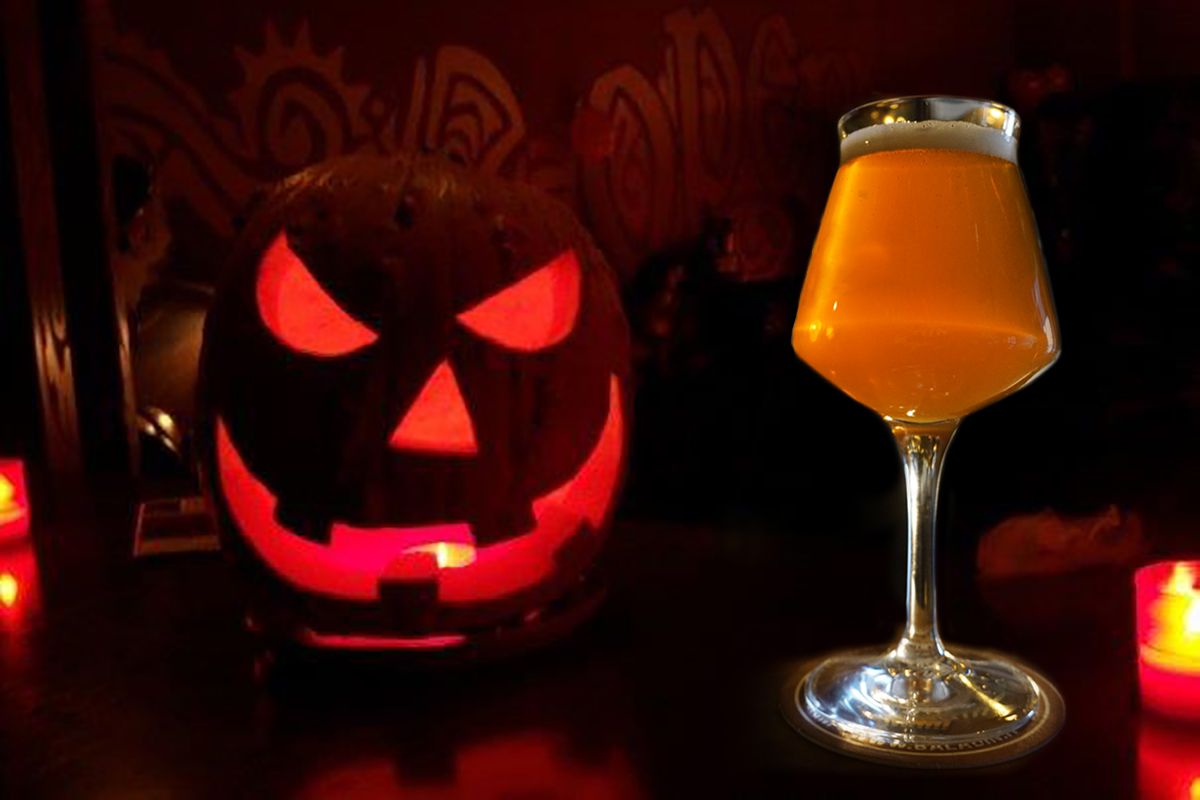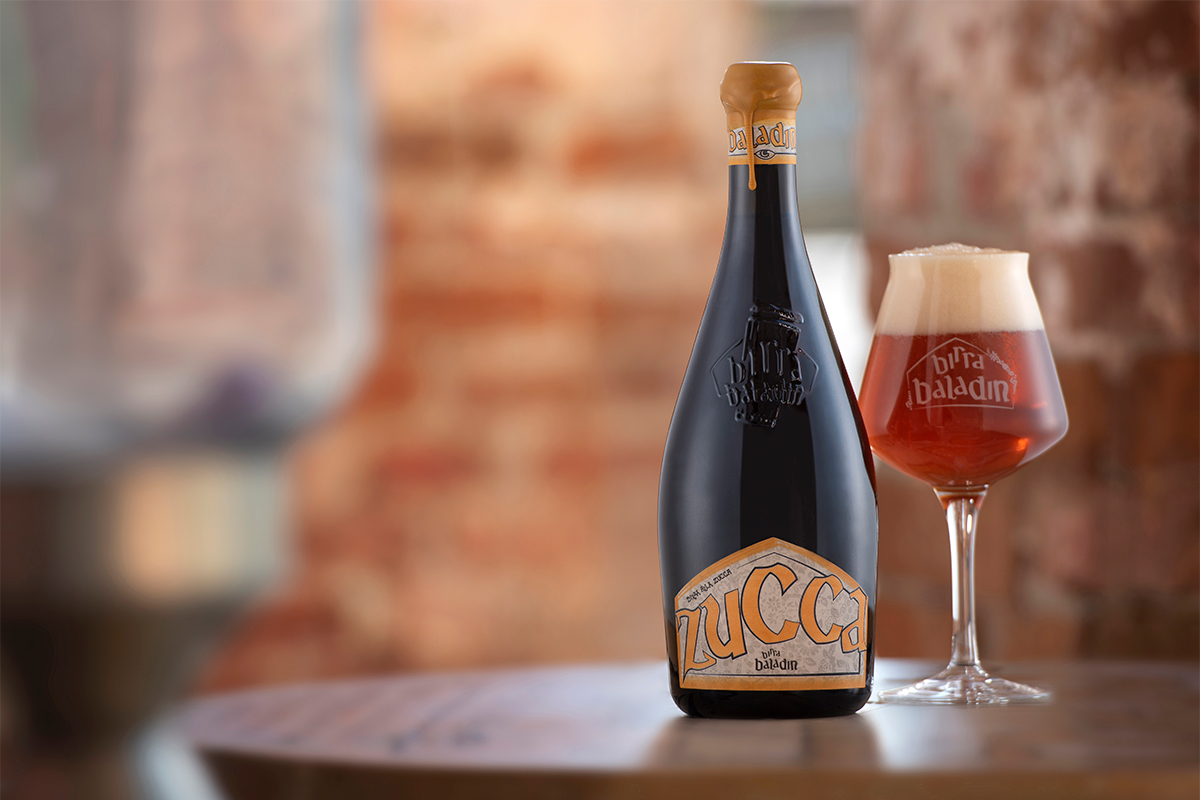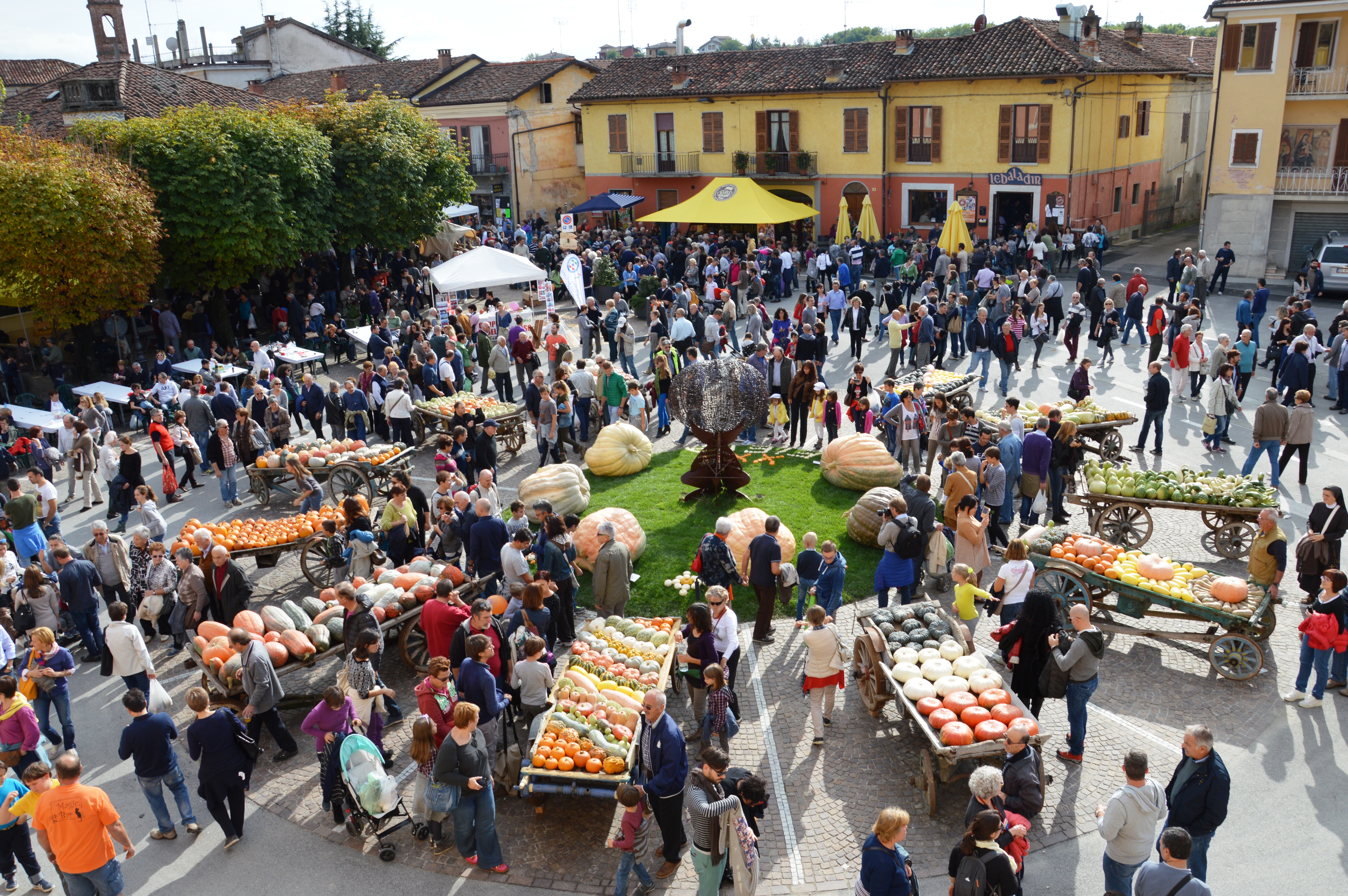What to expect when tasting a Pumpkin Ale

Distant origins
Pumpkin Ales, just like their main ingredient, are a gift from the New to the Old World. Colorful gourds were a basic ingredient in the diet and culture of native Americans, who created legends and myths about them and even used them as currency for trade exchanges.
The first British settlers soon appreciated the high starch content and the sweet taste of pumpkins and started to use them not only in the kitchen, but also as a sugary base to make intoxicating drinks, beers included.
Using the flesh of pumpkins as a source of starch that could complement barley malt or as a source of aromas in beer recipes was probably already practiced at home. Soon, the habit was also adopted by breweries, as the new settlers found it hard to grow barley and hops in the hot, humid climate of the East Coast. Learning how to use local ingredients containing starch that could be turned into alcohol, such as corn, potatoes and pumpkins, was a matter of need, rather than choice.
From the 19th century to current times
The paths of pumpkins and beers temporarily split in the mid-19th century, when the industrialization of breweries led to the rise of corn and rice to complement barley malt, as they were cheaper and easier to grow.
The revolution of micro-breweries launched in the United States, however, led to the revival of beer styles and ingredients that standardized industrial production had abandoned. Pumpkins too found their way back into beer pints, first in their homeland and then in the rest of the world.
Pumpkin Squash Beer vs Pumpkin Spice Beer
Two sub-types of Pumpkin Ales have currently been identified, called Pumpkin Squash Beer and Pumpkin Spice Beer.
The former are made with pumpkin flesh, used as a source of starch or aromas, and do not contain spices. However, they can present other peculiar characteristics such as smoking or a moderate acidity.
The beer style used as a basis can vary greatly: from a light Lager to a powerful Barley Wine, there’s no limit to creativity and brewers can add pumpkin to the recipe of any beer.
Of course, the aim of a Pumpkin Squash Beer is to find the right balance between the aromas and tastes of the gourd, which should be distinctly perceived, and the chosen beer style. In other words, a Brown Ale made with pumpkin should have the typical nutty notes of the malts, blended with the chestnut notes of some pumpkin varieties. A Pumpkin Ale made with a Weizen, instead, will have the banana and apple scents that are typical of the yeasts used in this style.
In general, a massive use of hops is avoided in Pumpkin Squash Beers because the penetrating aromas of the green vine and its strong bitterness could easily hide the aromas of the pumpkin. Similarly, the use of roasted malts found in British Porters and Stouts may overwhelm the peculiar identity of a Pumpkin Squash Beer.
Pumpkin Spice Beers, inspired by the sweet pumpkin pies eaten in America, and in northern Italy too, are characterized by the additional use of spices such as nutmeg, Jamaican pepper, cinnamon, ginger and cloves. In this case, the aromas of the pumpkin may partially be hidden by the rich mix of spices chosen by the master brewer.
Once again, it’s possible to add the pumpkin and spices to any beer style. As these beers are inspired by a cake and contain an important amount of spices, it is not recommended to start from a style that is too light and has little residual sugars. In the absence of the sweetness of malts and a of a structured body that can counterbalance them, the spices might become excessively overwhelming, creating unpleasant feelings of astringency or burning.
A good presence of malts, which often means a high alcohol content, and a nice sweetness that balances out the pungency of the spices are typical traits of this type of beer. For obvious reasons, the hops aromas and tastes will stand out in very rare cases. The use of yeast strains - maybe from Belgium - that generate scents of warm and ripe fruit, as well as spicy notes that enhance the other ingredients, is another element that is often found.
Italy, with its rich biodiversity and a widespread use of pumpkin in the cuisine of northern regions and some areas of Tuscany, Sardinia and Abruzzo on All Saints; Day, is producing an interesting range of very different Pumpkin Ales.





